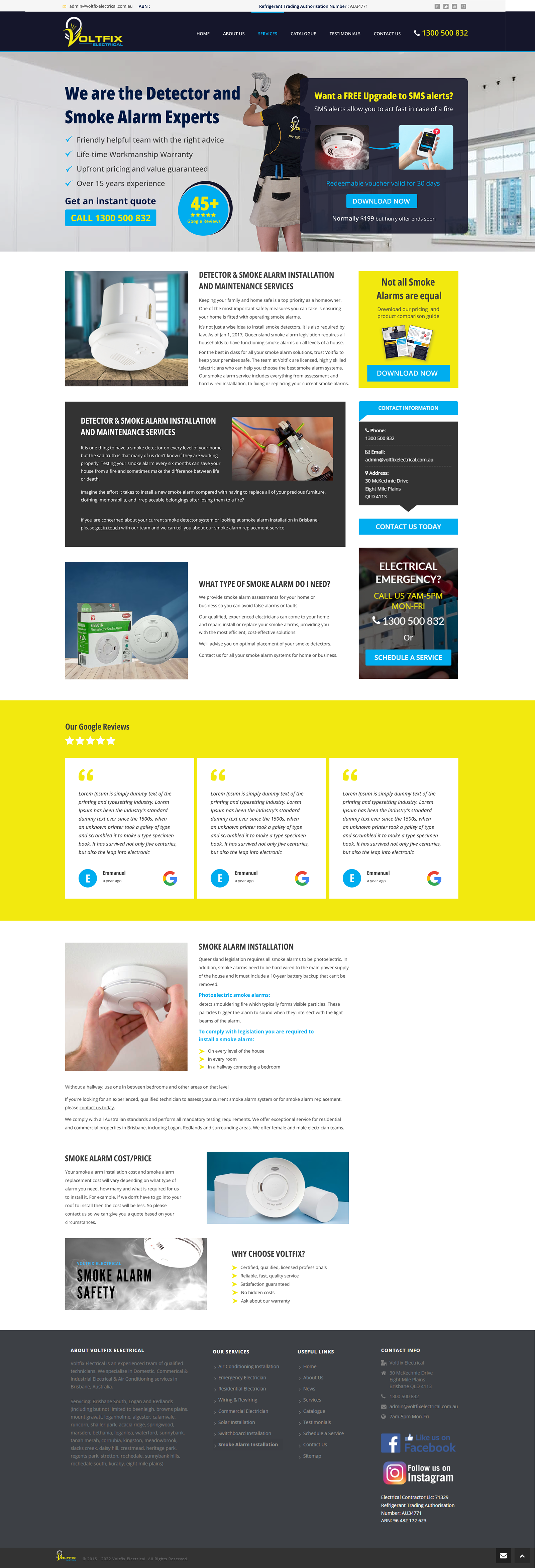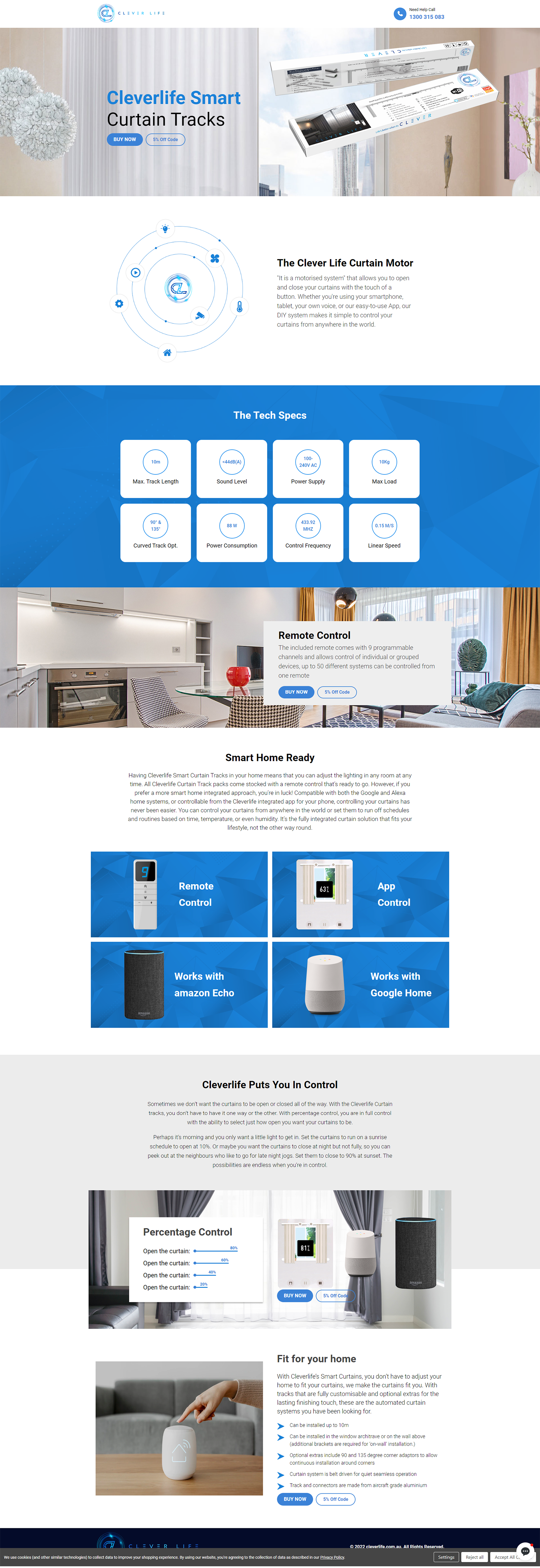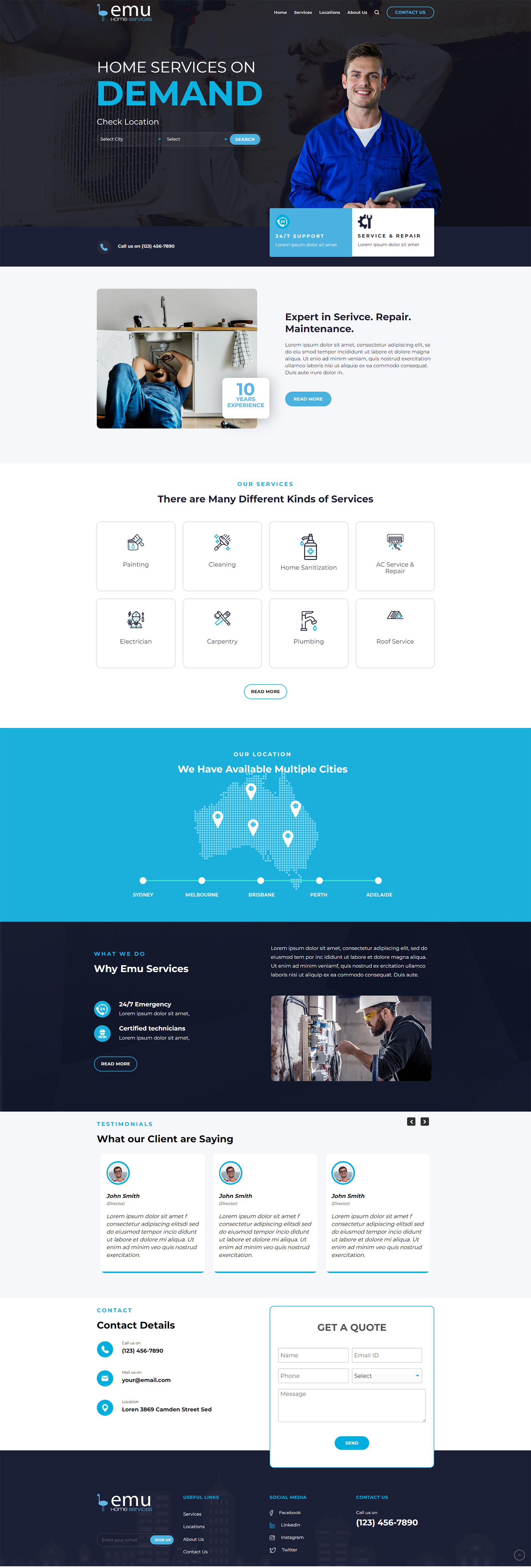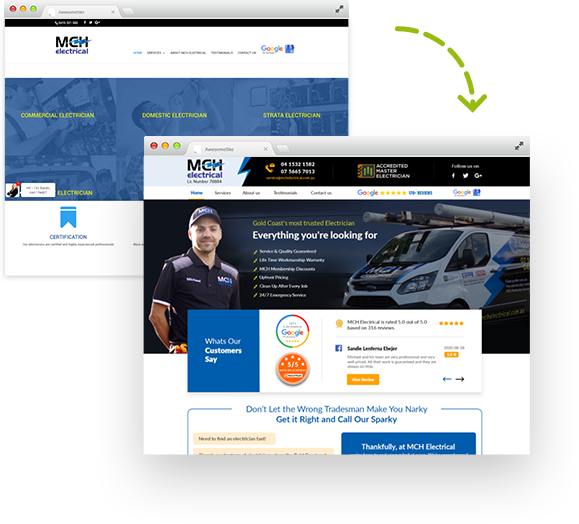For years people have been rightly saying that low quality link building doesn’t work but today we wanted to dive a little deeper and explain why they don’t work. Most people would tell you that it’s because they don’t send any power to your website which isn’t exactly true. All links send some power to the website the real issue is how much.
Low quality links send only fractional power to your website and as a result they needed to be created in bulk to make any real difference. This causes major problems with Link velocity.
You may wonder now, what exactly is Link Velocity. Link velocity is the speed at which links are created to your website.
Let’s explain Link velocity in a bit more detail with an example of a client that recently came to us after using another SEO company for 4 months. We won’t tell you the name of the client, but the screenshots are real screenshots of links to their site that have been found with a software that crawls the website similar to the way Google does.
The website was a local business and It received about 500 people to the site per month, from all traffic sources. They knew the potential of SEO and there were some keywords they wanted to rank for, so they engaged and SEO company to help. They weren’t a large business, so they found a low-cost SEO service to save money. The SEO company started building a lot of links to the website but unfortunately the quality was really low.
After a few months of these new links coming into the website, the rankings of the website really started to slip, and they couldn’t understand why. The first two months everything seemed to be moving up, but now everything was going down; even keywords they had been ranking for for a long time, all of a sudden were disappearing from the rankings.
They asked us to have a look and this is what we found:

The company was creating upwards of 50 links per month to the website. But let’s look at why this was an issue. If the website has 500 website visitors per month and its getting 50 links per month that means that one in 10 website visitors is going back to their website and creating a link to the website. Does it seem reasonable that a business’s website, that only gets a 3% conversion rate of visitors into enquires, gets a 10% conversion of site visitors into links? Obviously, this doesn’t make sense and is quite simple for an algorithm as smart as Google’s to flag this and therefore apply a penalty. Even if the company was creating 10 links per month would it make sense that a company has seen no increases in its 500 site visitors but is all of a sudden getting 10 links? Not really.
Let’s also look at why results over month 1 and 2 seemed positive. Links are still Google’s primary factor in ranking websites and all links do send some amount of power. Rankings were moving up to begin with as power was being passed even from these lower quality links to the website. The issue was Google kept finding more and more of these links and as soon as the number of links exceeded Google’s thresholds it had no choice but to penalise the website.
So, the issue with low quality links isn’t in fact that they don’t send power, it’s that they don’t send enough power to achieve the desired result before the ratio gets out of balance and the website ends up penalised.
For the client in the example we put in place the following plan for recovery:
- Immediately stop the other company from building links.
- Analyse the links that have been created and put into 2 categories “keep or remove”.
- Contact the website owners of all the websites that have links in the remove category
- Disavow any links that can’t be removed manually.
- Work on ways to improve non-SEO traffic to increase traffic and justify links being built.
- Slowly build links from high authority relevant websites (1 to 2 per month).
Thousands of businesses across Australia have fallen victims to this trap and have the same penalties that are stopping their website from ranking. Thankfully, with the help of advanced software, we are now able to see exactly what SEO companies are building for you. So, if you think you might be in the same boat, give us a call today and we can see what’s been happening behind the scenes.

Chris Crawford
Head of Digital Strategy
Chris manages our digital managers and oversees performance on every account. Often referred to as the inventor of the internet, there are very few technical, performance or analytical problems he can’t solve. Former accountant and auditor this bean can do it all with innovation as his second name and client results as his first.



















